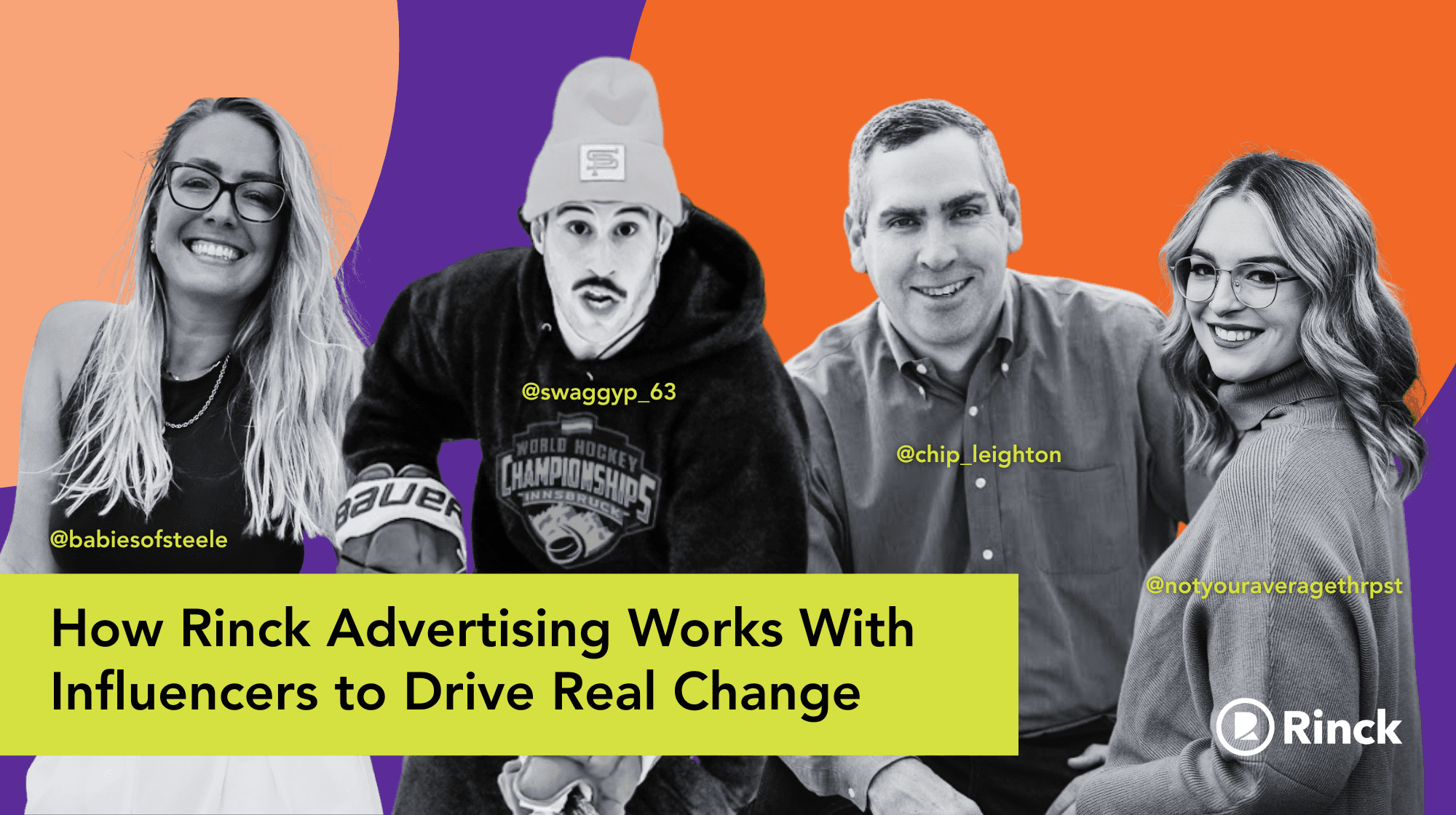Insights & Trends
Path to Purchase Part 3: Technological Change
December 3, 2019
The changes that have occurred to marketing since 2007 are remarkable.
The iPhone put all the information in the world in your hand. Facebook connected millions across the globe. Google gave us free tools to see who is doing what. Amazon created a store that delivers nearly anything.
But there is a cost to this advancement. And that cost is data.
That iPhone tells where you are and where you have been. (And so does your Galaxy and all other brands.) You leave a digital trail.
Facebook gathers information from every interaction. And feeds you what you like. You leave a digital trail.
Google collects vast amounts of data from you. You leave a digital trail.
Amazon collects vast amounts of data from you. You leave a… you get it.
The consumer is a data point. Largely anonymous. We don’t know your name, but we know what you like and how you fit into an aggregate group of people who are just like you. (called Look-Alikes. After all, we are a creative industry.)

For nearly all advertising and marketing purposes, the only use for this data is targeting. Efficiency of message. Making sure that only the most likely prospects receive the paid message, reducing our cost to advertise.
I receive far fewer ads for Viagra and Cialis than I used to (although now that I am 60, maybe that is going to change?) I no longer receive quite so many ads for goods and services I have little to no interest in. I do receive ads that seem to match my needs, even if I am not sure they are a need yet.
Big data has scary implications in many areas. We have seen a robust discussion regarding political messaging, one that is critical to a democracy that values the complex concept of free speech. In the U.S., we have not seen the same privacy discussions as those in Europe. GDPR is a significant European legislation that would cripple digital advertising for a brief period of time in the U.S.
As it currently stands, U.S. consumers seem to be willing to trade off a certain level of privacy for convenience and maybe not seeing ads they have no interest in seeing. Seems like a weak trade, but it is the one we have.
What we can currently do with the data is beyond the Mad Men’s wildest dreams. For the most part, however, we are learning the wrong lessons.
Data is tool. Tools can make things. What we choose to make is simply that… a choice.
For a decade, the industry, and brands, have been choosing to make “more.” The delivery of digital ads is cheap. They are targeted. And they are measurable in terms of the actions taken by those that receive them. Advertising has become a reductive direct response exercise. Right audience (list) + right offer = click. Massive impressions equal a meaningful percentage of clicks as a math excercise.
It’s cheap too. In 1993, one of my legendary mentors Vince Backley at Fahlgren Martin said, “If you don’t have $10 million, you are not a national advertiser.” Today, Rinck can run a meaningful national campaign for $100,000. That’s a 99% reduction in cost. Plus, we collect valuable data that can make our ad spending even more effective for the next $100,000 spent.
Amazing, right? Not so much, in my opinion.
We now bombard prospects with hundreds of ads a day. More meaningful, yes, but the volume of ads reduces the effect.
We’ve lost any sort of contract with the prospect. What do I mean?
In the past, advertisers had a contract to inform, educate, entertain, explain, plead our case. Agencies went to great lengths to understand consumer needs and present a viable argument in favor of their product or service.
Today, the burden of discovery has shifted to consumers. Hundreds of small digital ads a day mean that an incredibly small number of them leave a mark. Very little information is conveyed. Consumers have to dig, do their own research, find a trusted source for viable information.
It is only within the past three years that brands have started to focus on the funnel, a visualization of consumer behavior that digital experience can aggregate. What we see is a gigantic mouth of the funnel that eventually narrows to a pinhole.
And while costs are fractional compared to two decades ago, this makes it rather expensive to do business. Feeding the top of the funnel is expensive, and ROI diminishes.
The funnel is not enough. It’s actually not a funnel at all.
Rinck has an idea of what’s next.

Peter Rinck
Chief Executive Officer
Related Articles
3 Ways to Get Customers Flocking to Your Food or Beverage Brand
June 12, 2025 | Insights & Trends
Think of a remarkable Super Bowl TV ad. How about a digital ad you recently clicked on? Or, a brand social post you recently reacted to? Chances are one or more of those spots were for a food or beverage brand.
READ MOREHow Rinck Advertising Works With Influencers to Drive Real Change
May 5, 2025 | Insights & Trends
What if your next public health campaign didn’t star a doctor… but instead, a TikTok or Instagram influencer? It may sound risky, maybe even a little absurd, but it’s already happening and it’s working.
READ MOREWinning with Purpose: How to Choose and Prepare for Awards Programs
March 20, 2025 | Insights & Trends
Entering industry awards programs can be a powerful way to showcase your team’s hard work, gain industry recognition, and build credibility. Winning an award can open doors to new business opportunities, boost team morale, and enhance your brand’s reputation. It positions you as a leader in your field, providing validation from industry experts and peers. Additionally, awards can serve as a recruitment tool, attracting top talent who want to work for an organization known for excellence.
READ MOREUS Elections, but Make it Meme
October 29, 2024 | Insights & Trends
The US election cycle has been anything but typical this year, and we’re not even talking about the candidates, the timing, or the policies. Media, including its usage and perceived value, has changed. When it comes to the Presidential campaigns legacy media outlets across TV, print, and online has been deprioritized in favor of podcasts, streaming programs, influencer content, social media, quick-turn videos, and memes. Lots of memes.
READ MORE


